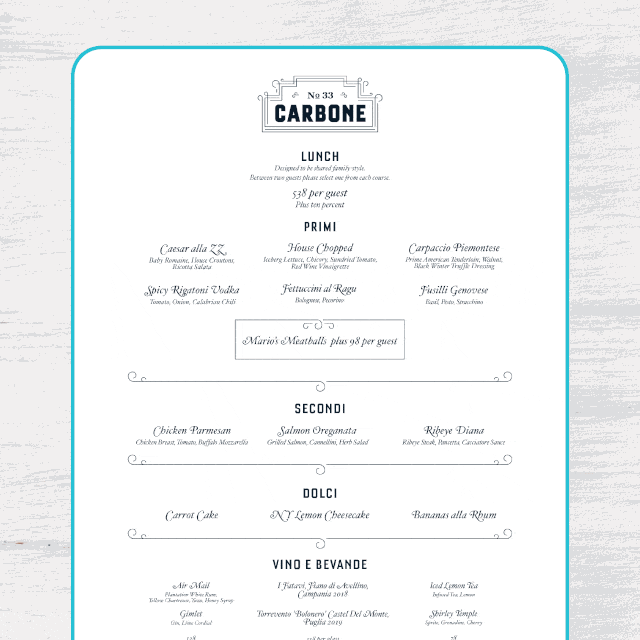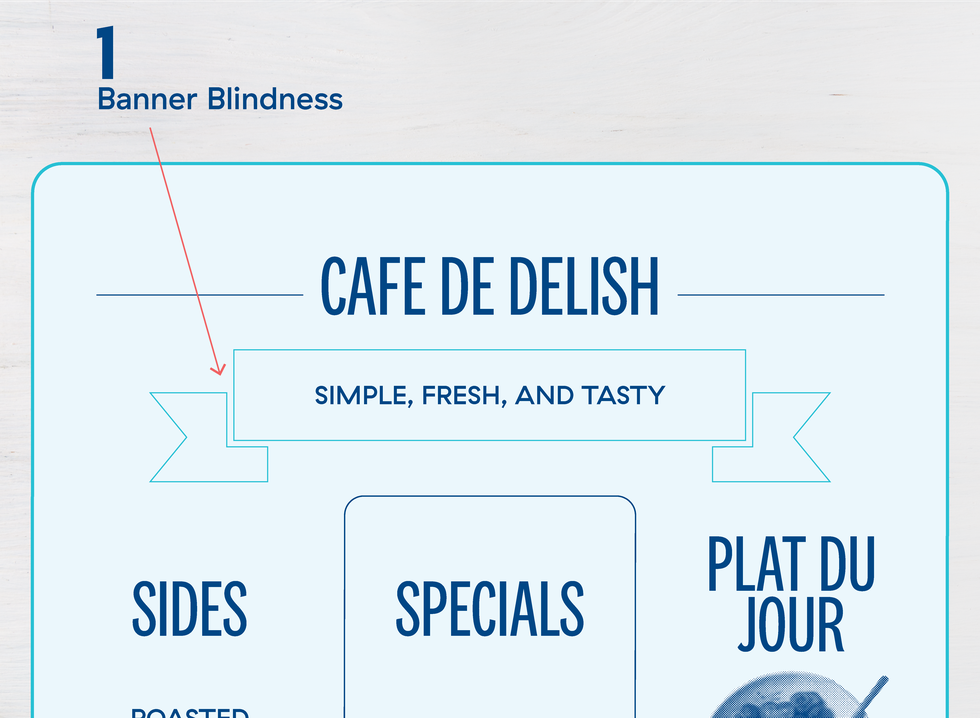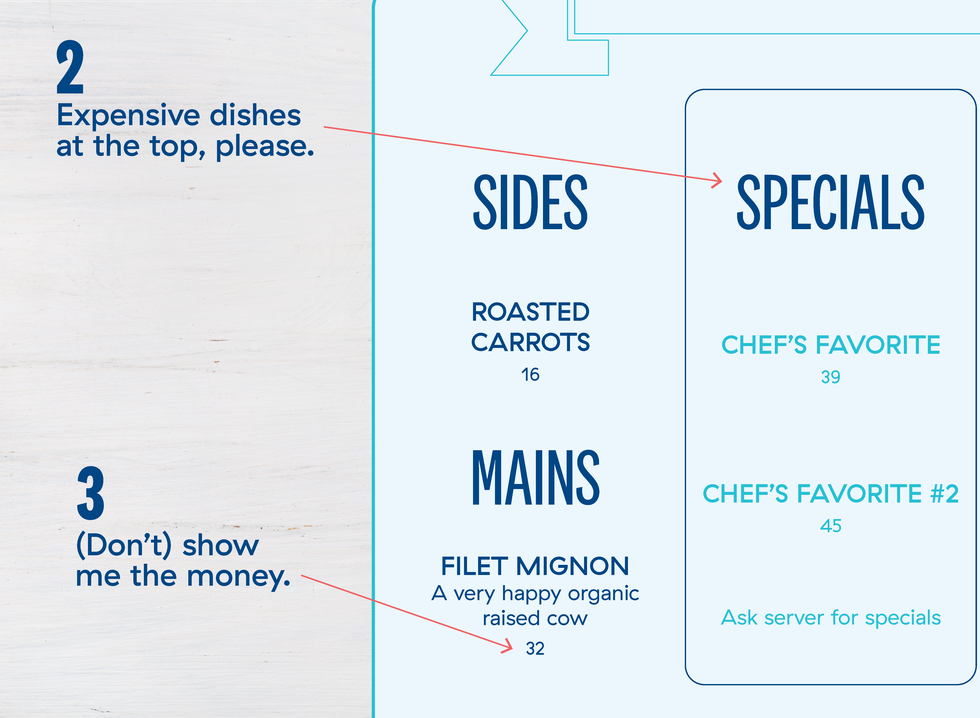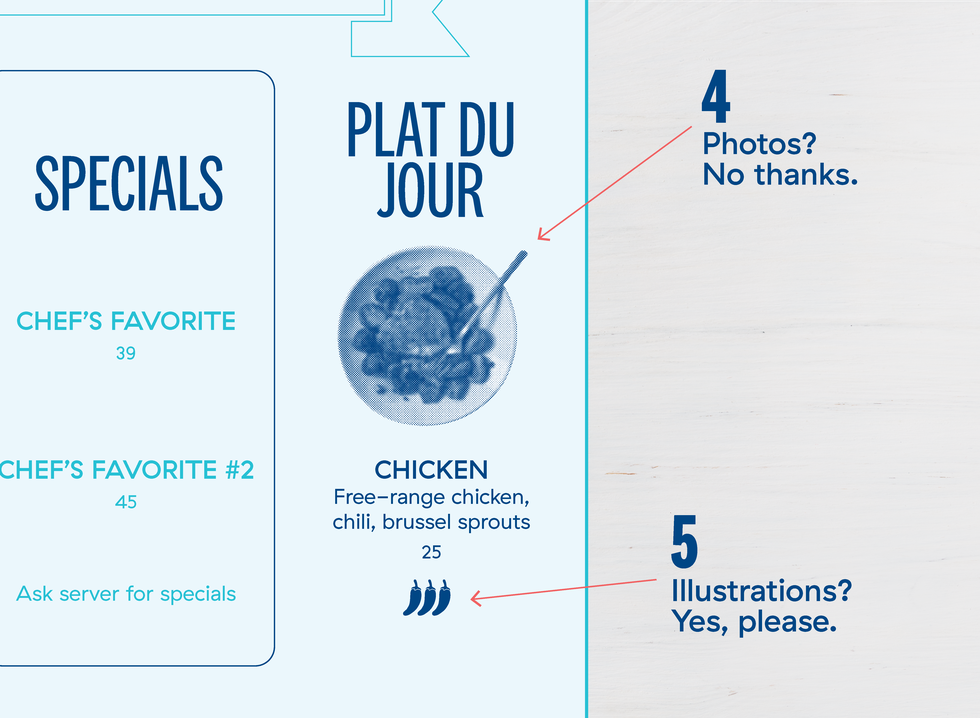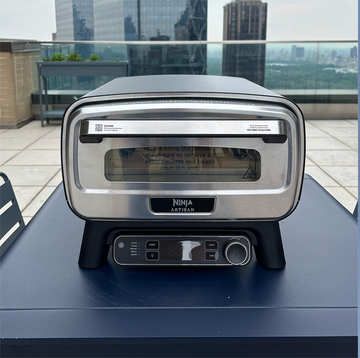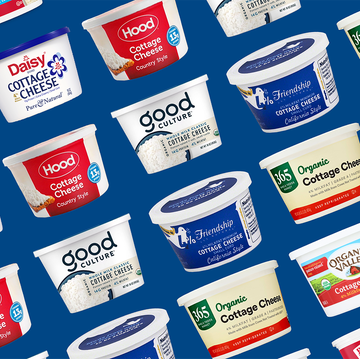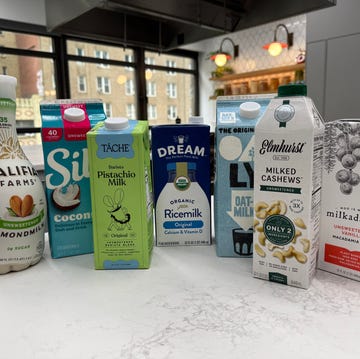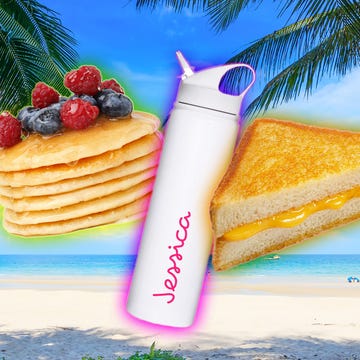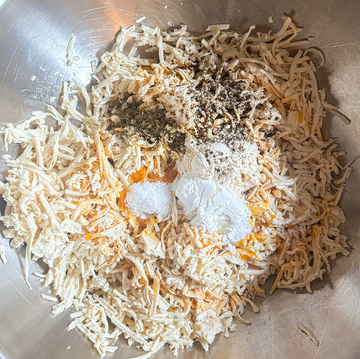A restaurant's menu might seem like just a humble list of offerings, but on second glance, you'll likely start to notice that they're hardly as straightforward as you think. What might appear as a simple guide is actually riddled with sleights of hand to get you to shell out more money. And I'm not just talking about sit-down restaurants and Michelin-starred tasting menus. These tricks are also common at fast food restaurants and your favorite takeout spots.
After all, a menu has to be so many things: a calling card, a crafty salesman, and a fantastical story that takes you on a (hopefully profitable) culinary journey. In fact, some restaurants even hire menu consultants to help them design their menus using all the basic tenets of menu psychology so you spend more money. So what's a savvy diner supposed to do? Become an armchair menu psychologist, of course.
What is menu psychology?
As the name suggests, menu psychology is the study of how menu design and organization affect customers' spending. This often includes placing special menu items in certain visual fields, like boxes or front and center. However, a good menu is only truly successful when its design increases customer loyalty.
"For most restaurants, the goal is to drive repeat business. That means the top goal of a restaurant is for customers to leave feeling satisfied," says Dr. Jason Buhle, who lectures in the master's program of applied psychology at USC. "If a restaurant encourages a diner to purchase more than they want, they may overeat or feel bad about wasting food or money. If a bill is higher than a customer intended, they will surely factor that final impression in when choosing a restaurant next time."
Arguably, we make more decisions about food than anything else, so the power a menu can hold over us can be immense. Much like how we are influenced by the advertisements we see each day, so too are we influenced by the menus we browse.
"Restaurants should always remember a menu is a form of advertising," says Buhle. "Good advertising helps customers make choices that are better aligned with their wants and needs."
What are those wants and needs? To not become overwhelmed with options (aka the paradox of choice), to know we are making the right choice, and to feel like we're getting a good deal. But to stimulate all of these cues, restaurant menus play some tricks on us. Let me say, once you notice the visual elements that make up a menu, you'll never be able to unsee them.
Here's what to look out for:
Put it in a box.
You might think that writing fancy titles for dishes and changing pricing alone is the most pivotal part of a menu's design. But more often than not, it’s the positioning of the dish on the menu, like highlighting an item with a colored or shaded box, border, or surround by white space. This will increase the likelihood that a customer chooses a higher-priced item.
(Don't) show me the money.
"The goal of restaurants is to put the food first and the price second in the customer’s mind," says Buhle. "One way they can do this is by literally listing the food first and the price second." Along with pricing items as a whole number and removing dollar signs entirely from a menu ("9." or "9—" instead of "$9.00"), this will soften how intimidating a higher-priced item might appear on the menu.
Photos? No thanks. Illustrations? Yes, please.
Photos of food are a powerful way to stoke hunger in diners, but there are things to be wary of. "Poor photos may elicit disgust, photos of fake food may result in an unpleasant ‘uncanny valley’ reaction," says Buhle. "And misleading photos may lead to a loss in consumer trust." This is also why you might notice more illustrated food pictures—charming cartoonish cows, freshly picked carrots, or sketched wine bottles—on more upscale restaurants' menus.
Expensive dishes at the top.
This is due to the "primacy effect," which refers to how we often zero in on the first item of a list and ignore the rest. Diners don't truly "read" a menu; they more often scan it, so the expensive items at the top will make the other items look like a good deal by comparison. Consultants warn, however, that this can also discourage customers from ordering the pricey stuff.
Keep it exclusive.
Fewer dishes assure a restaurant-goer of the establishment's quality, which increases diner trust. Plus, choosing between dozens of options can stress diners out. According to one restaurant consulting firm, listing just seven dishes in each section is the right number to make customers feel like they have options without feeling overwhelmed.
Pluck those nostalgia strings.
Ever notice when dishes are called something like "Uncle Grandma's Chicken Pot Pie"? This is very much intentional. "Nostalgia is a powerful force. A carefully worded description can load almost any dish with an emotional resonance that is hard to resist," said the restaurant consulting firm Aaron Allen & Associates in a blog post.
If these tricks are starting to make you feel spooked, rest assured that there's only so much hold they can have over you. "Menu design and placement of items on the menu can influence the customers’ decision," says Professor Dave Pavesic, who teaches in Georgia State University's hospitality administration program, adding one caveat: "It will not influence customers to purchase items they do not want.”
So don't worry if you don't like grilled octopus. You'll likely not be swayed to order a $48 special, no matter how it's written on the menu.
